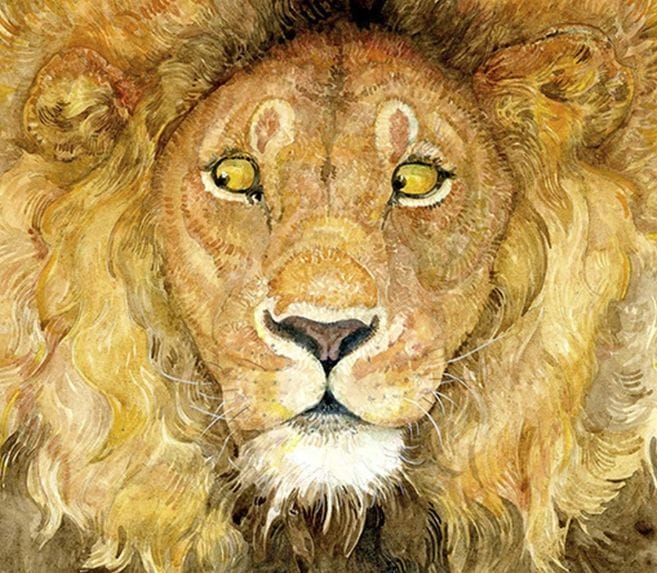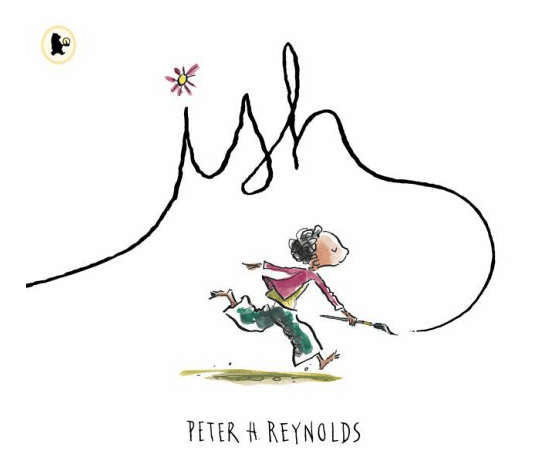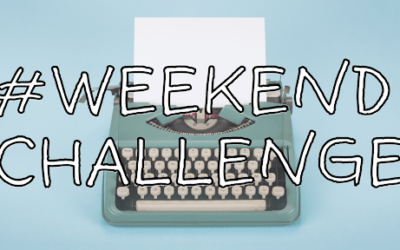
Thinking About Theme
We love storytelling for so many reasons, but its ability to teach readers about the world is top of the list!
Research has found that reading to children helps to shape their understanding of the world. It’s no surprise that many parents seek out stories that deliver helpful lessons through theme.
Let’s look at what theme is, how you can harness it and a particular form of short storytelling that puts theme centre stage.
What is theme?
Simply put, theme is what your story is really about. It’s not the characters, plot or even what happens in the story, but the universal idea that runs throughout.
A writer could have a story about an apple, banana and an orange who bully and then befriend the exotic new pomegranate in the fruit bowl. But when they’re asked, they might actually say that it’s about accepting people for who they are.
Themes can be as broad as nature or love, or as specific as standing up for those who can’t speak up for themselves. It’s also possible for the same theme to appear in lots of different stories. On the other hand, a story might not have a theme at all!
The theme is an undercurrent that runs through your story. It gives the reader something to reflect on and take with them once the story is over; it’s what makes your story meaningful.
Finding your Theme
Theme is linked to whatever your main character values most, forming the emotional core of the story.
Sometimes, the theme will come first; sometimes an idea can inspire a theme. No matter how you get there, let it come naturally. Because a theme is referenced by suggestion and hints, the reader must be able to identify it on their own. For example, a story about a gang of pirates returning buried treasure to its owners could have a theme of appearances can be deceiving or honesty.
Here are some wonderful examples with a range of different themes:
The Girl and the Bicycle by Mark Pett (illustrated by author): A little girl works hard all year to raise funds to buy a new bicycle only to discover someone else has bought it first, introducing themes of the value of hard work and generosity.
Hey Little Ant by Philip and Hannah Hoose: What would you do if the ant you were about to step on looked up and started talking? Would you stop and listen? This story is centered around its theme of putting yourself in someone else’s shoes.
The Dark by Lemony Snicket (illustrated by Jon Klassen): The dark lives in Lazlo’s house, sits in his basement, but it stays out of his room… until the lightbulb breaks and Lazlo has to face his fears.
As a much-needed layer that gives depth, theme should sit underneath everything else that happens in the story.
Some children’s writers feel the urge to make their theme stand out because they’re worried a reader will miss it. Resist that urge! First and foremost, readers want fiction to be entertaining, but a theme handled awkwardly puts a stop to this. It’s also important to remember every reader will have their own way of looking at the world. Every reader will interpret a story differently but spelling out a theme means they can’t do this.
Discovering Fables
But what happens if you do want to make your theme the central idea in your story? There’s an entire genre dedicated to stories that share a message: fables!
Fables are a type of short story dedicated to a core theme or lesson. With animal characters and their length at a few paragraphs, fables are still enduringly popular and there’s a thirst for more.
Parents enjoy fables because they are a way of teaching lessons and giving advice without overtly nagging. Teachers love them for the same reason and because they’re compact, simple and easy to read in class. Most importantly, children enjoy reading them because they are short, sweet and straight to the point.
Writing Fables
As fables are a form of short story, they’re perfect practice for any writer.
Their length means that any dialogue, character description and exposition has to work hard. Any conflict and problems have to link to the core message, which also has to speak to a child reader and make sense. They’re also different because the theme is the most important thing, as this is where your story’s moral comes from.
Say, for example, you want your short story’s theme to be about valuing determination. The traditional formula in a fable is: one of the main characters demonstrates a quality that is the exact opposite of the lesson he or she is about to learn. So, if the theme was determination, the character would probably reveal his or her tendency to give up. That’s the human flaw or weakness in this story.
Your main character then needs to learn a lesson, of course. There are several ways the character can encounter a problem and get their comeuppance – that’s one of the most enjoyable parts of plotting and planning fables.
So, depending on how the problem in the story pans out, the moral lesson at the end of the fable could be: trying your hardest is more important than the end result or don’t give up.
There are often a few options for morals and even some of the best-known fables have differing moral interpretations.
Fun Fact:
Did you know that the word for someone who writes fables is a ‘fabulist‘? We think that’s fabulous!
The Moral of the Story is…
As with any story, loose ends should be tied up and everything resolved in the end. But in fables, you have the added challenge that your character needs to learn a lesson. There are two ways you can do this and advantages to both options:
The Explicit Moral
This is where the character has already had his or her comeuppance and has learnt something important, but the fable concludes with a single concise statement to hammer home the lesson.
Aesop’s original fables all ended this way, like his timeless story The Lion and the Mouse.
The Implicit Moral
With this technique, you weave the moral into the ending and don’t state it overtly. Your reader can ponder the story can come to their own conclusions — rather like in many short stories and novels. This technique also makes fantastic practice for any writer.
While it’s not a fable, Ish by Peter H. Reynolds is a great example of this method, where the protagonist learns to put aside perfection and embrace the joy in mistakes.
Including a story theme gives your story extra weight, passing on something valuable to your readers; something that will guide them in life. Theme can give your story an extra level that sticks with a reader forever, but if ever there was a time to write modern fables with contemporary moral lessons, it’s now.
It’s an area of literature that depends heavily on stories written thousands of years ago. Creating fresh new approaches to fables are the perfect way to enhance your storytelling skills and find an eager audience!
Read our Latest Articles for Writers
The Writer’s Guide to Social Media
Today we are talking about a topic that intimidates many writers and illustrators, social media. Good news! It doesn’t have to. The key is to choose the platform that is most enjoyable to you. The one you don’t mind spending time on and fosters authentic...
How to Win a #WeekendChallenge
Thank goodness it’s Friday, WA Community, and not just because it’s the start of the weekend. Friday’s have us happy dancing because that’s when we announce the new #WeekendChallenge prompt. The #WeekendChallenge is an opportunity to write a 100-word entry based on a...
Submitting Your Story: 7 Tips to Survive the Query Trenches
You’ve typed “the end”, received feedback, and revised your story. Congratulations, you are ready to enter the Query trenches! Whether you decide to query an agent or an editor is a personal preference but these seven survival tips will apply to both query routes....
Subscribe to our mailing list
Be the first to find our about our newest blogs, offers and news from Write Academy!






